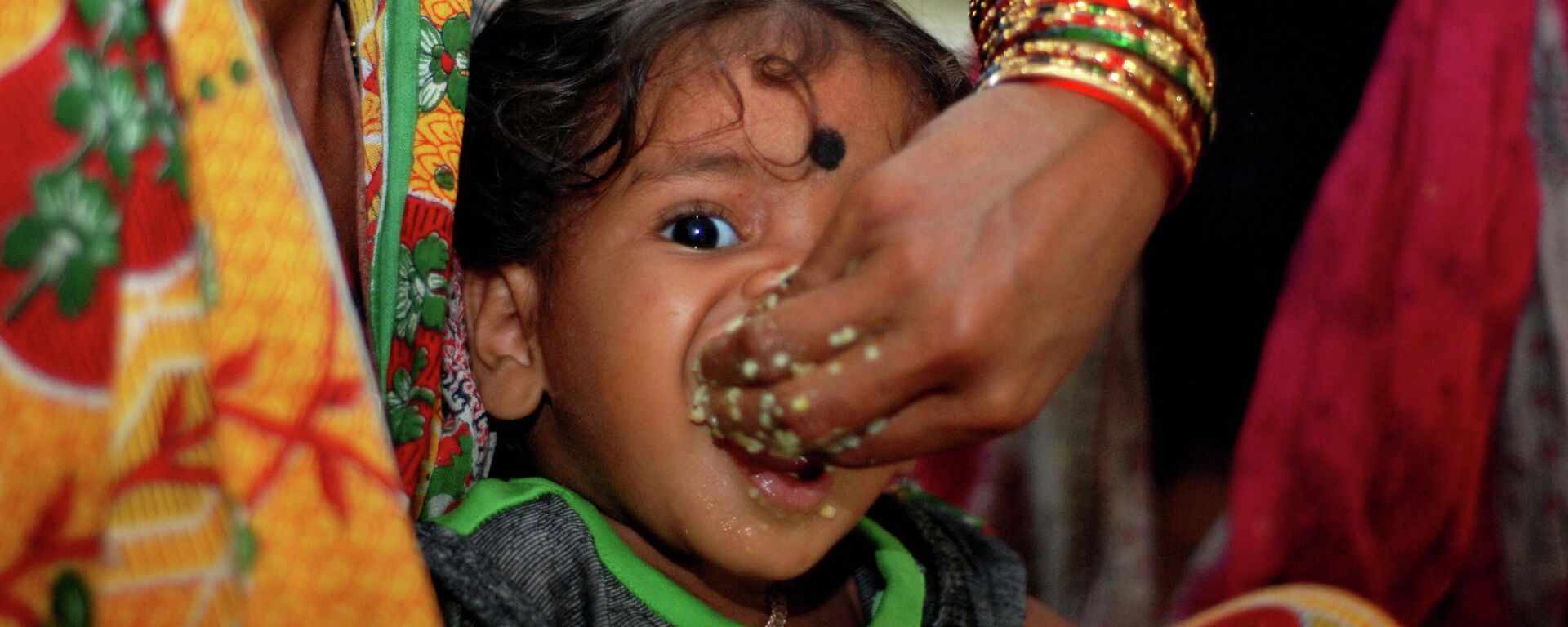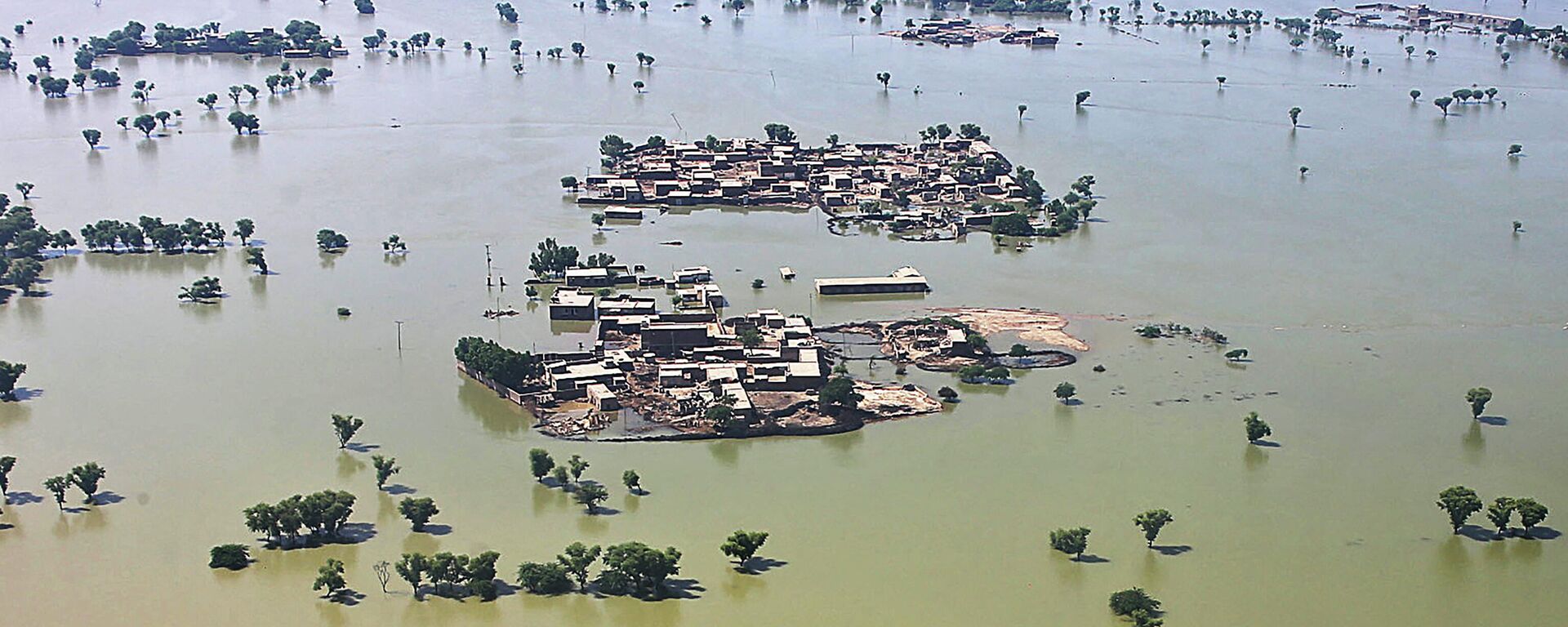On the Brink of Starvation: How Hunger Crisis in South Asia Affects Millions
04:00 GMT 19.09.2022 (Updated: 11:37 GMT 10.12.2022)
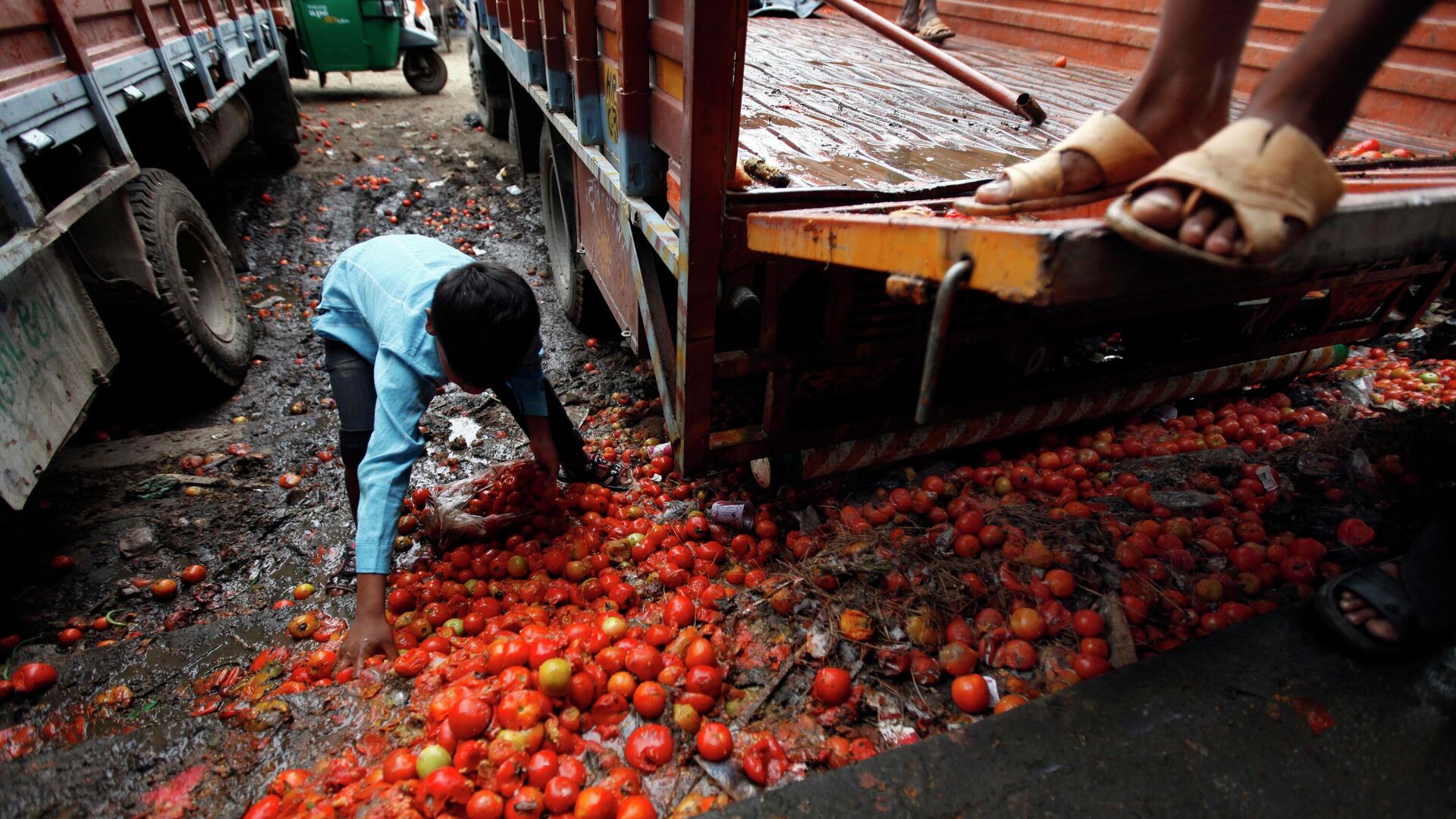
© AP Photo / Mustafa Quraishi
Subscribe
Longread
The global food crisis is one of the most traumatic and complex issues facing our world today. Although more than enough food is produced to feed the global population, there are currently 828 million people undergoing shortages.
Acute food insecurity is defined as a lack of food so severe that a person’s life or livelihood is in immediate danger. It is the most serious form of famine, leading directly to starvation and death.
The number of people affected by hunger globally rose to as many as 828 million in 2021, an increase of about 46 million since 2020 and 150 million since 2019, with the outbreak of the COVID-19 pandemic affecting the situation negatively, according to a United Nations report.
The decline in income due to the pandemic has also contributed to a sharp increase in global poverty.
"About 97 million more people are living on less than $1.90 a day because of the pandemic, increasing the global poverty rate from 7.8 to 9.1 percent; 163 million more are living on less than $5.50 a day," a report by the World Bank stated.
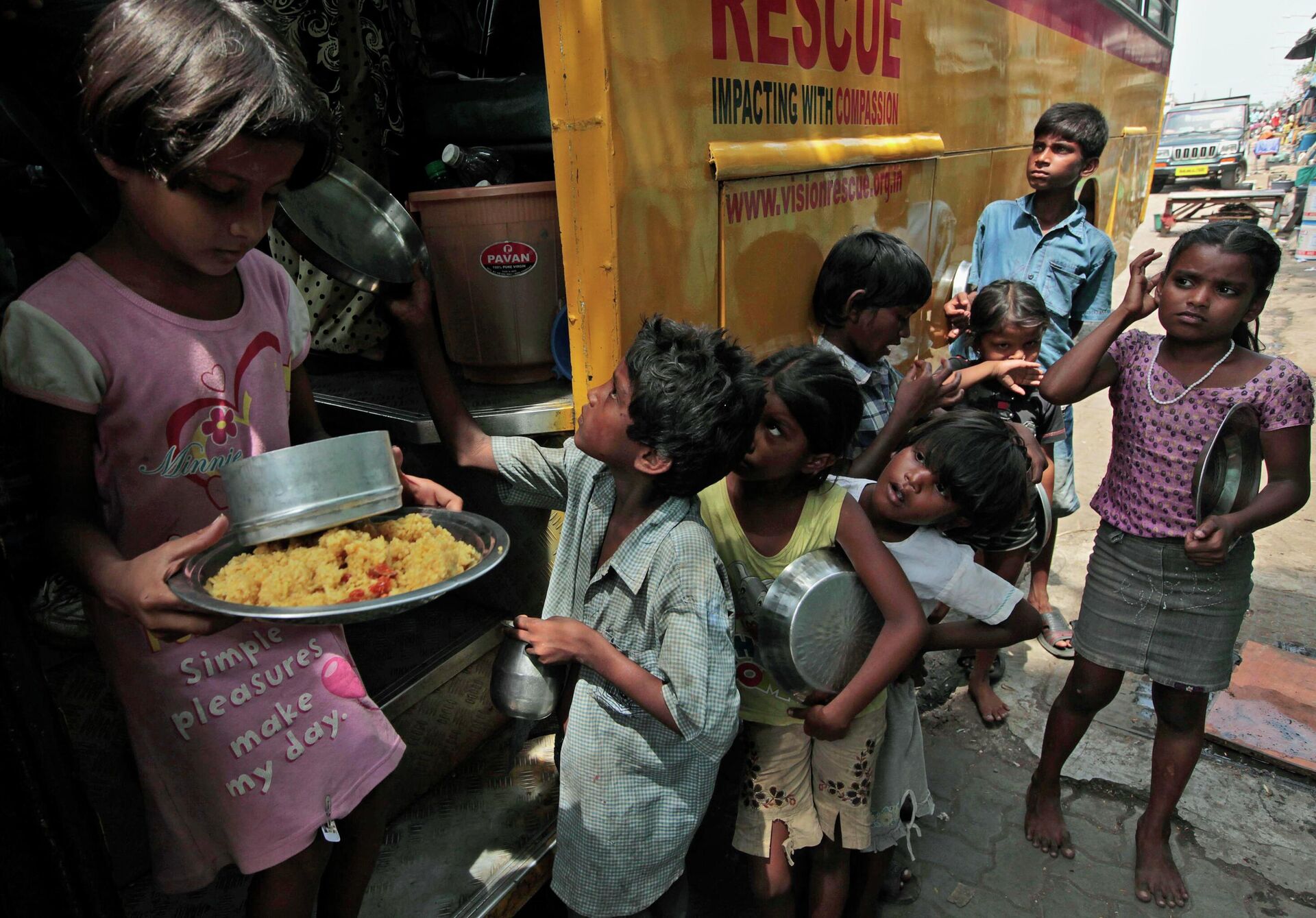
Children from a shanty await their turn to receive free food outside a mobile classroom in Mumbai, India.
© AP Photo / Rajanish Kakade
Although developed countries are bouncing back from the pandemic, this recovery is not being experienced equally, as poorer nations struggle with a deeper, longer-lasting crisis.
While Africa is frequently presented as the center of world hunger, statistically Asia has always had the worst numbers. According to World Hunger Education Services (WHES), 64% of all malnourished children in the world live in Asia, as of 2017.
Over 519.6 million adults and children in Asia, accounting for about 12% of its total population, consume too few calories. Furthermore, Southern Asia had the highest Global Hunger Index (GHI) of 30.9, indicating serious levels of hunger, according to a report by the World Hunger organization.
The Complex Problem of Hunger
Severe food insecurity means people go for entire days without eating due to a lack of money and/or lack of access to food. Undernutrition points to deficiencies in energy, protein, and/or essential vitamins and minerals, whereas, malnutrition refers more broadly to both undernutrition and overnutrition, which happens due to unbalanced diets.
Taking into consideration the prevalence of undernutrition across different regions of Asia, countries of Southern Asia (Pakistan, India, Afghanistan, Bhutan, Bangladesh, Sri Lanka, Maldives and Nepal) have 14.4 % of the population undernourished. This is followed by Southeastern Asia at 11.5% and Western Asia at 10.6%.
In terms of children's health, stunting and wasting are prevalent across Asia, but in Southern Asia, 33.3% of children are suffering, according to a report by WHES.
Stunting is the result of a biological process where children do not grow to reach their full potential resulting in long-lasting health and cognitive issues. Stunting happens due to prolonged insufficient nutrition and repeated infections during the first two years of a child's life.
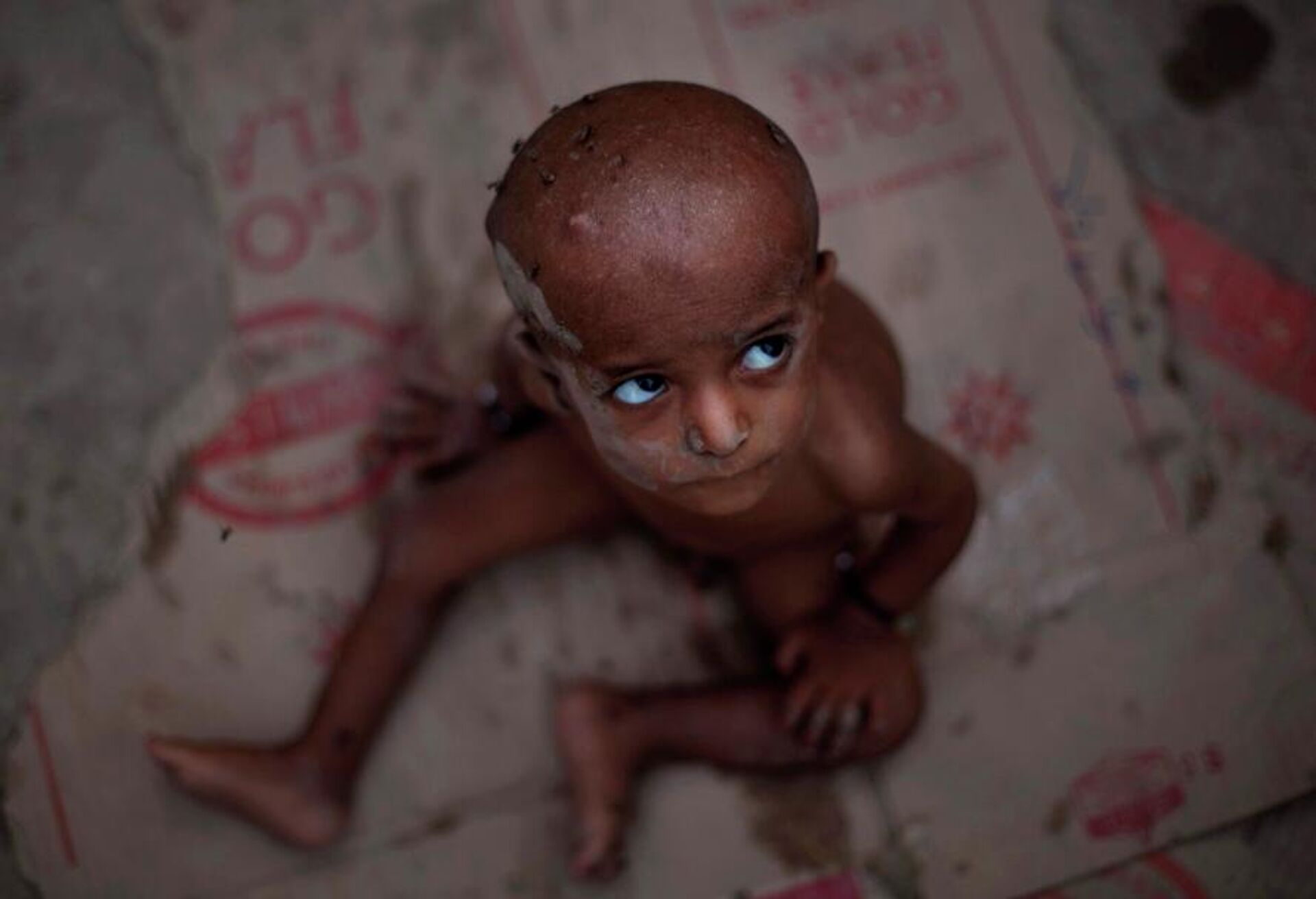
A malnourished Pakistani boy whose family was displaced by floods sits on a piece of cardboard on the ground outside at a temporary camp in Sukkar, Sindh Province, southern Pakistan.
© AP Photo / Kevin Frayer
Another issue that children in South Asia face is called wasting, which is defined as low weight-for-height. According to a 2018 UNICEF report, more than two-thirds of all wasted children under 5 years of age lived in Asia. This represents some 35 million children.
Wasting affects the growth trajectory of the child and their ability to fight off illnesses. The highest prevalence of wasting in Asia is in India, at 26%; which is the highest rate in the world.
Essential Vitamins to Save Lives
All of these health issues are the result of inadequate amounts of essential vitamins and minerals in the diet. Three of the most vital micronutrient deficiencies in South Asia are in vitamin A, zinc, and iron, which is usually called anemia.
Although all these deficiencies can be fixed through supplements and vitamin programs, millions of people still suffer in a number of Asian countries due to inadequate amounts of these nutrients in their bodies.
According to World Hunger, over 30% of pregnant women in Pakistan were thought to be vitamin A deficient. Meanwhile, 60% of all deaths among children under the age of five in the country were caused by health complications due to the same deficiency.
In India, nearly 62% of preschool-aged children are deficient in vitamin A. Whereas, in Bangladesh, 51% of pregnant women consume a diet too low in the vitamin.
"Zinc deficiency is another major risk factor for morbidity and mortality, with nearly 800,000 deaths per year among children, under five years of age, due to zinc deficiency," as stated by the World Hunger report.
In five states across India, zinc deficiency is at 44% among preschool-aged children and 50% among adolescent girls in Delhi. Furthermore, 52% of non-pregnant women in central India were also seen to be zinc deficient.
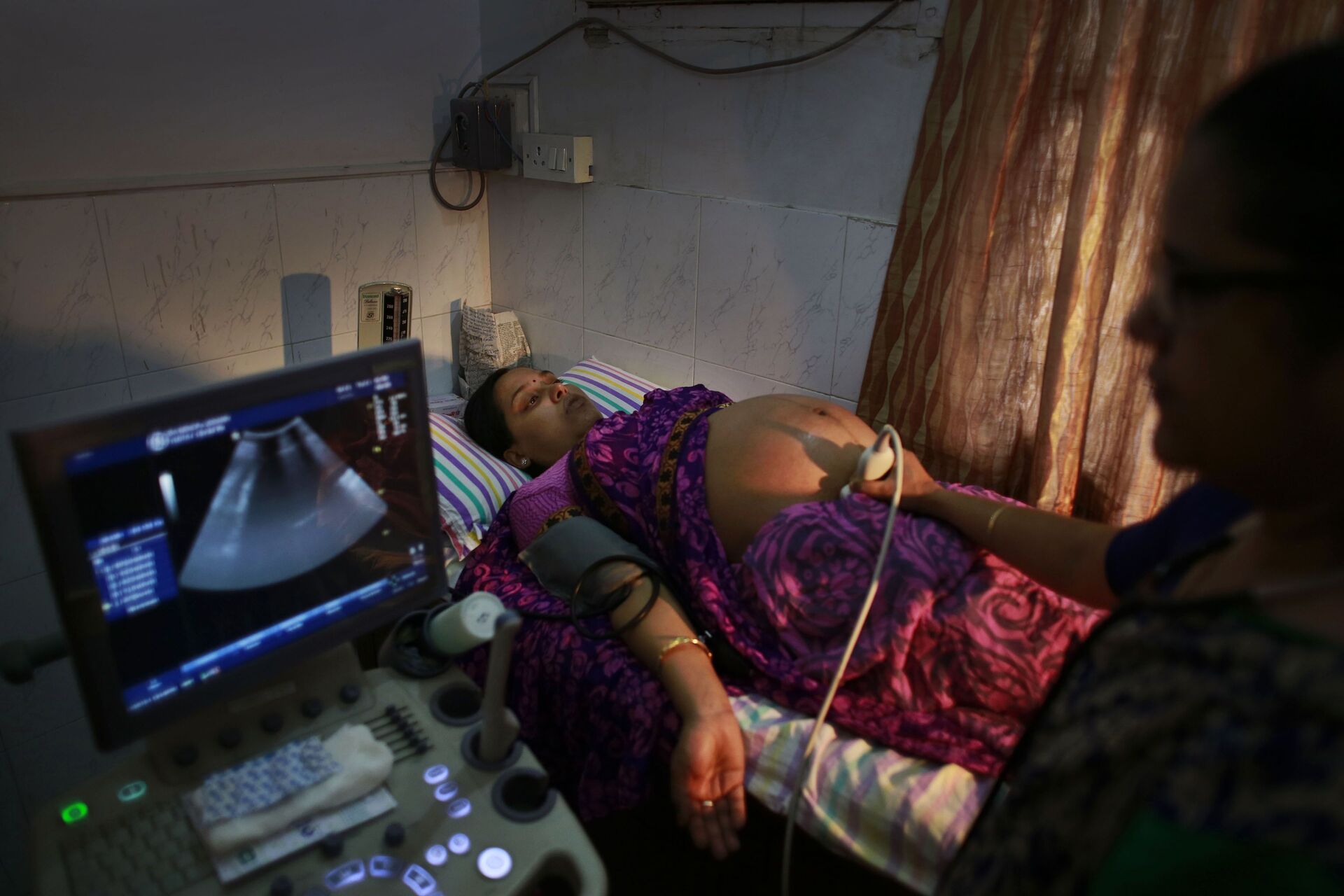
n Indian pregnant woman is examined by her gynecologist at a hospital in Gauhati, India, Friday, July 11, 2014
© AP Photo / Anupam Nath
Iron is another vital mineral that the body needs for growth and development. Its deficiency results in a health condition called anemia which is a lack of hemoglobin (iron-bearing molecules) in the bloodstream. Hemoglobin carries oxygen to cells throughout the body, without it humans cannot survive.
In Pakistan, anemia affects 91% of pregnant women and 65% of children under the age of five.
In Bangladesh, 40% of adolescent girls were found to be anemic and across South Asia, it is estimated that 25,000 women die in childbirth due in part to severe anemia, according to WHES.
How Can We Tackle the Hunger Crisis?
In order to improve the current situation, governments should form policy coherence among ministries through better coordination.
These ministries need to give priority and raise awareness about these issues among medical researchers, doctors, policymakers, government officials and NGOs to supply the poorer communities with these essential vitamins and nutrition.
Greater investments in sanitation and water infrastructure are equally important because without them the poor communities are at great risk of getting infected by water-borne diseases and with their already lower immunities, due to poor diets, such infections often become life-threatening.
It is vital to make sure that drinking and washing water in these communities is uncontaminated as it can save lives in many ways.
Women are often the primary carers of children, but they are often ill-informed about how to care for their own health and the nutritional needs of their children. Hence, if they were given proper information they would know how to save their own and their children’s lives.
Therefore, it is important to reduce gender disparities, as women do not have access to the same education, healthcare, or information technology as men across South Asia.

In this photograph taken on April 7, 2018, Indian students buy textbooks in New Delhi
© AFP 2023 / CHANDAN KHANNA
Many reports by global NGOs show that increased female education and empowerment significantly improve child nutrition and child health outcomes. Hence, elevating women and educating them about nutrition and health should be on top of the agenda to reverse this health crisis.
Currently, one-third of all food produced is wasted; this amounts to about 1.3 billion metric tons per year, worth approximately US $1 trillion. However, food redistribution would take a concerted international effort by various governments, necessitating NGO lobbying pressure.
Improving food storage systems can also make a big difference in closing the hunger gap, despite it requiring large investments, like new buildings and the rehabilitation of grain stores. Nevertheless, it can save lives in times of famine or natural disasters, which are quite common in South Asia.
Furthermore, donors can increase assistance toward global humanitarian appeals, maintain Official Development Assistance (ODA) commitments, and divert aid from pre-existing crises to respond to new emergencies.
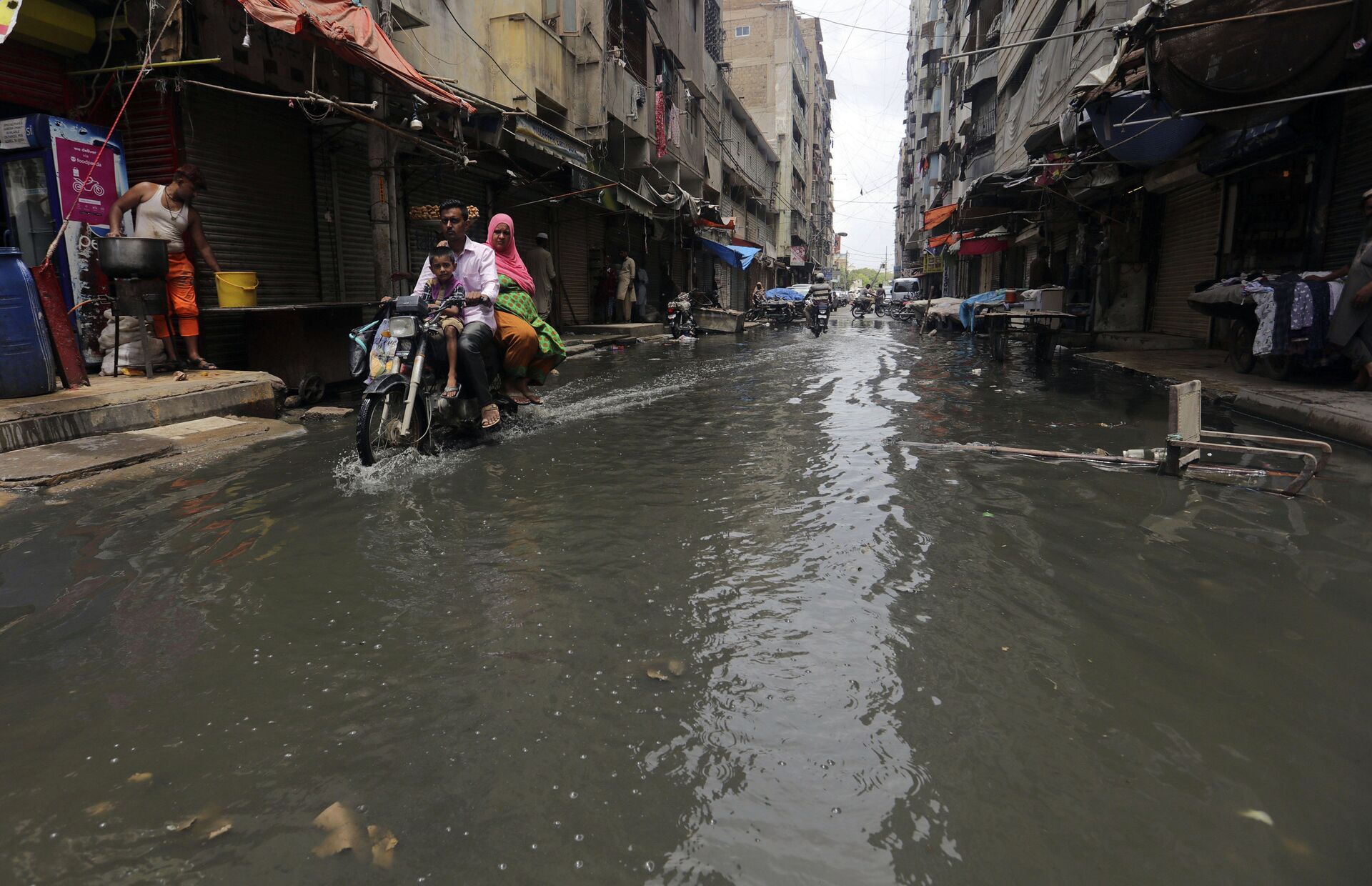
A motorcyclist drives through a street flooded by heavy rainfall in Karachi, Pakistan, Sunday, Aug. 9, 2020
© AP Photo / Fareed Khan
According to a report by Relief Web, it is important to keep ports and trade flows open in terms of long-term goals to reduce the global hunger crisis.
Investing in social protection and safety nets can further help the situation and supporting domestic food production can result in solving the food crisis. Additionally, promoting female literacy and rural electrification lead to lower fertility rates among those living in poverty, relieving pressure on overstretched family budgets.
All the above-mentioned factors may contribute to the overall socio-economic development of South Asia and help resolve the hunger crisis in the region.
The views expressed in this column are those of the author and do not necessarily reflect the position of Sputnik.


